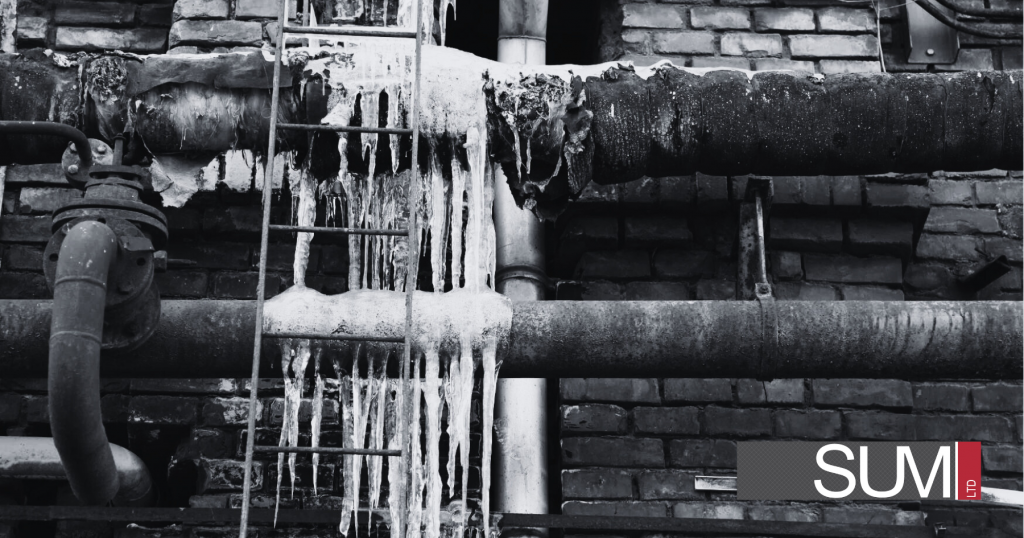Pipes and storage tanks are vulnerable to freezing temperatures, leading to damage and decreased productivity. Heat tracing is a widely used method to prevent freezing by applying heat to pipes and components. This article explores the concept of heat tracing and emphasizes the importance of insulation in heat tracing systems. Additionally, it highlights the benefits of removable insulation blankets and introduces SUM Ltd as a reliable supplier for insulation solutions.
What is Heat Tracing?
Heat tracing is an electrical system that uses heat trace cables to maintain or elevate the temperature of pipes, tanks, and other components. These cables generate heat when electricity passes through them, effectively preventing freezing and ensuring optimal performance. Heat trace systems can be self-regulating, controlled by thermostats, or equipped with temperature sensors for monitoring.
Why Use Heat Tracing with Insulated Pipes?
Even with insulation jackets, pipes may still be prone to freezing in extremely cold conditions. Heat tracing provides an additional heat source that helps maintain the temperature of pipes and components. By combining heat tracing with insulation, pipes can retain a consistent source of heat and reduce the rate of heat loss, ensuring efficient operation.
Heat Tracing Applications
Heat tracing finds applications in various industries, including mining, food processing, power generation, manufacturing, chemical processing, pharmaceuticals, education, healthcare, and municipalities. Its four common applications include freeze protection, heating and de-icing, cavitation protection, and temperature control. Heat tracing systems contribute to enhanced productivity, safety, and adherence to temperature requirements in these sectors.
Heat Tracing and Insulation
Insulation is a vital component of a heat tracing system. It offers multiple benefits such as reducing heat loss, enhancing efficiency in energy, safety, and optimizing system performance. By covering both the pipes or components and the heat tracing cables, insulation minimizes heat dissipation and reduces energy consumption.
Installation Best Practices for Heat Trace and Insulation
Proper planning and selection of insulation materials are crucial during the installation process. Collaborate with contractors to plan the installation and consider factors like equipment downtime, available space, budget, and accessibility for maintenance. Account for irregularly shaped components and ensure the correct wattage of heat trace cables to avoid excessive heating. Additionally, meticulous insulation and cable placement without any gaps are essential for optimum system functionality.
Conclusion
Heat tracing, coupled with proper insulation, is a crucial combination for maintaining and enhancing efficiency for safety in various industries. By preventing freezing and minimizing heat loss, organizations can ensure the smooth operation of their systems even in cold environments. Removable insulation blankets, such as those offered by reliable suppliers, are highly effective in supporting heat tracing insulation.
Contact SUM Ltd About Your Heat Tracing Solutions
Enhance energy efficiency, protect assets, and streamline maintenance with quality insulation solutions. Consider implementing heat tracing and insulation in your systems to optimize performance, reduce energy consumption, and ensure a safe working environment. Contact us today to book a consultation and learn how our products can assist you.
